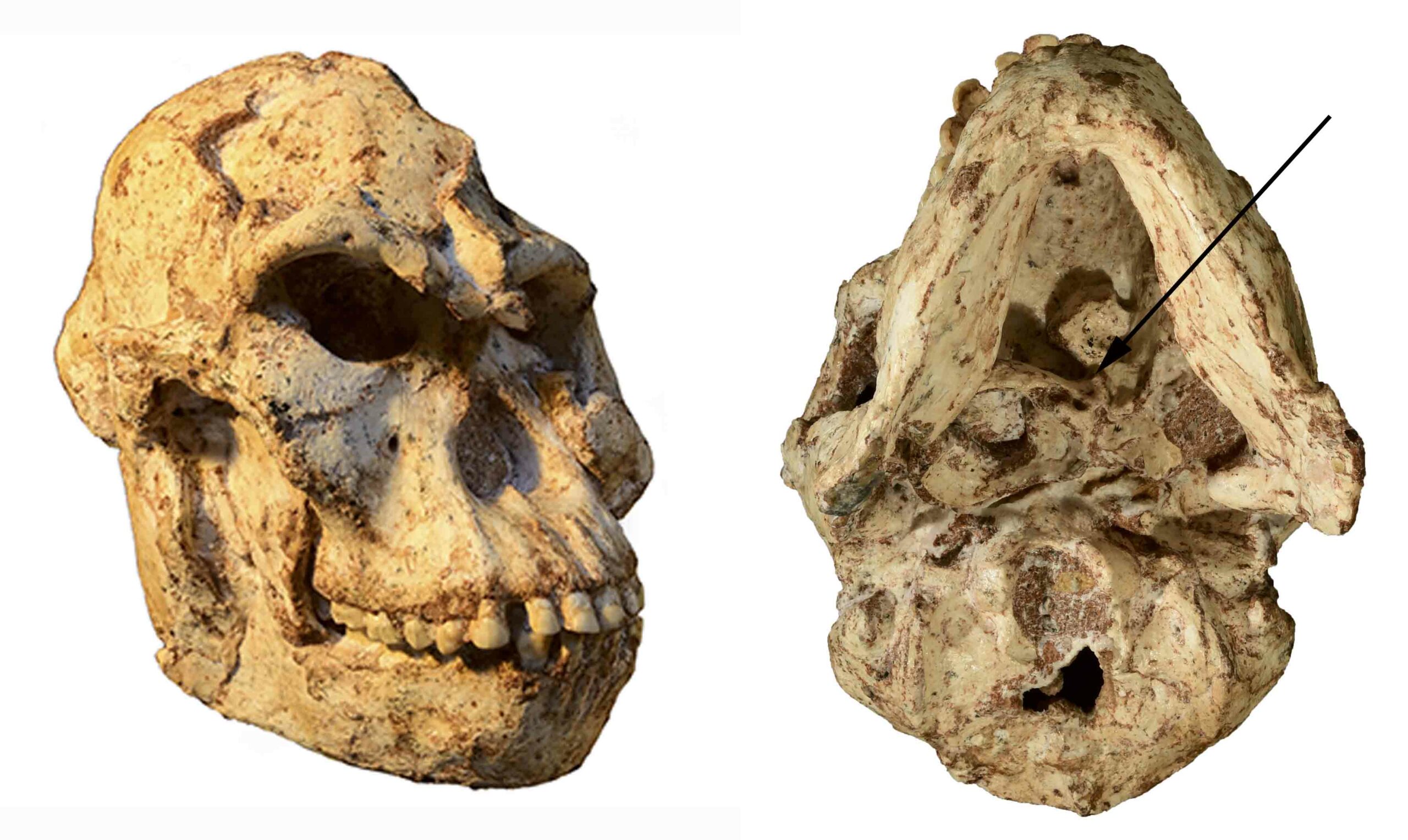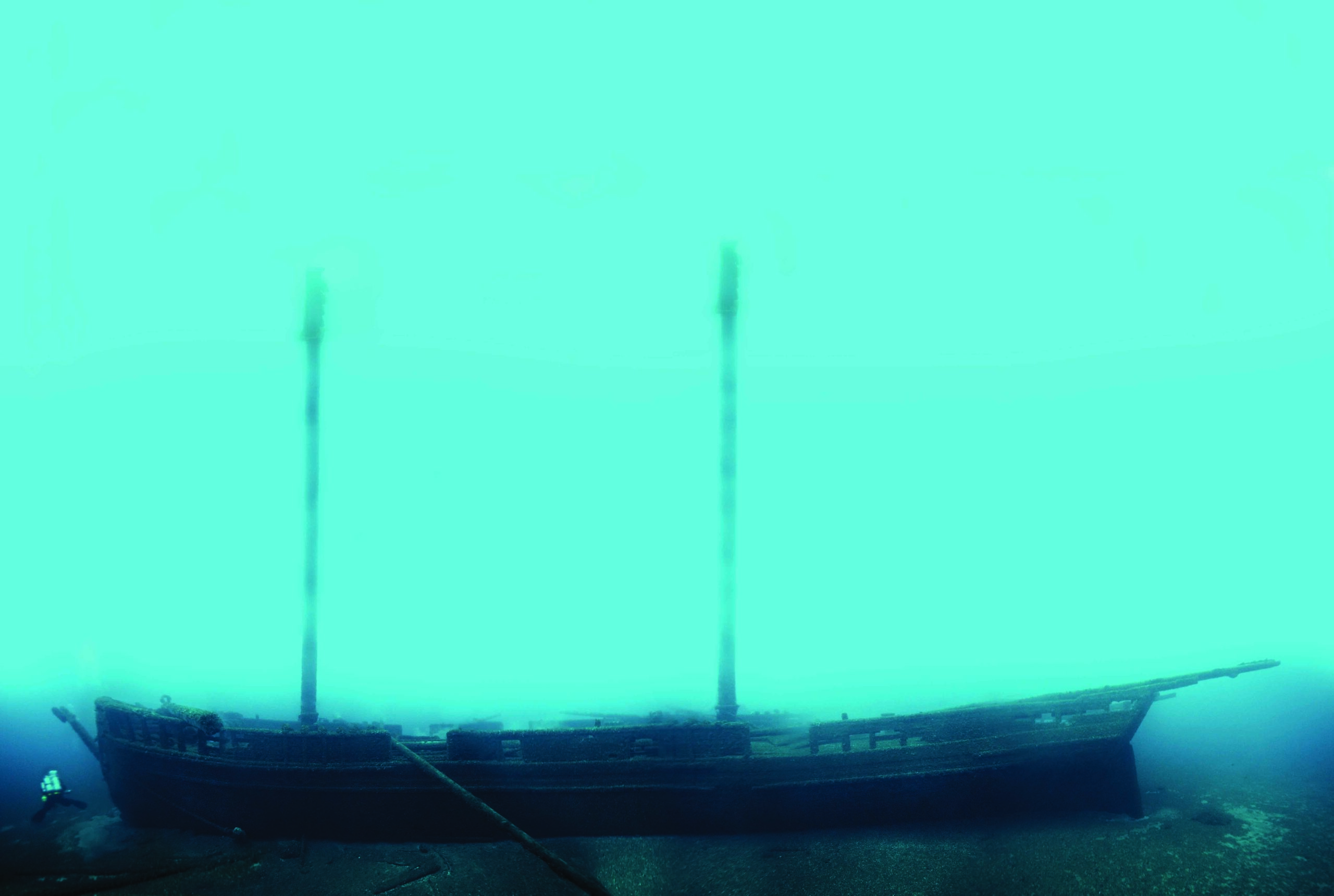
CAMBRIDGE, MASSACHUSETTS—Tanya Smith of Harvard University says that the teeth of juvenile hominins grew in a way that was unlike those of either modern humans or apes. “We calculated the age of death of 16 fossil individuals that lived between about one and four million years ago, and were able to look at how their teeth formed relative to living humans and chimpanzees of the same chronological age,” she explained. Rather than slicing into the teeth and examining their structures with microscopes, Smith and her colleagues used high-powered x-rays generated by a synchrotron to produce super-high-resolution images of the internal structures of the teeth. Then by counting the daily growth lines, they were able to determine an exact age for each individual. The team discovered a wide variation in the speed of development across the fossil species. “These fossil species have to be seen independently, as having their own evolutionary trajectory that is not identical to any living animal,” she concluded. To read about the evolution of the ability to throw, see "No Changeups on the Savannah."









